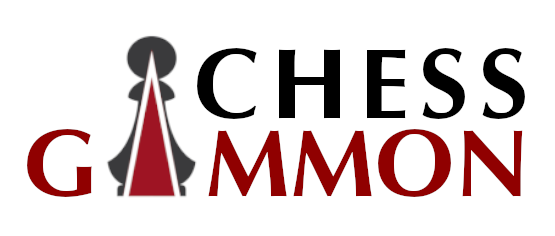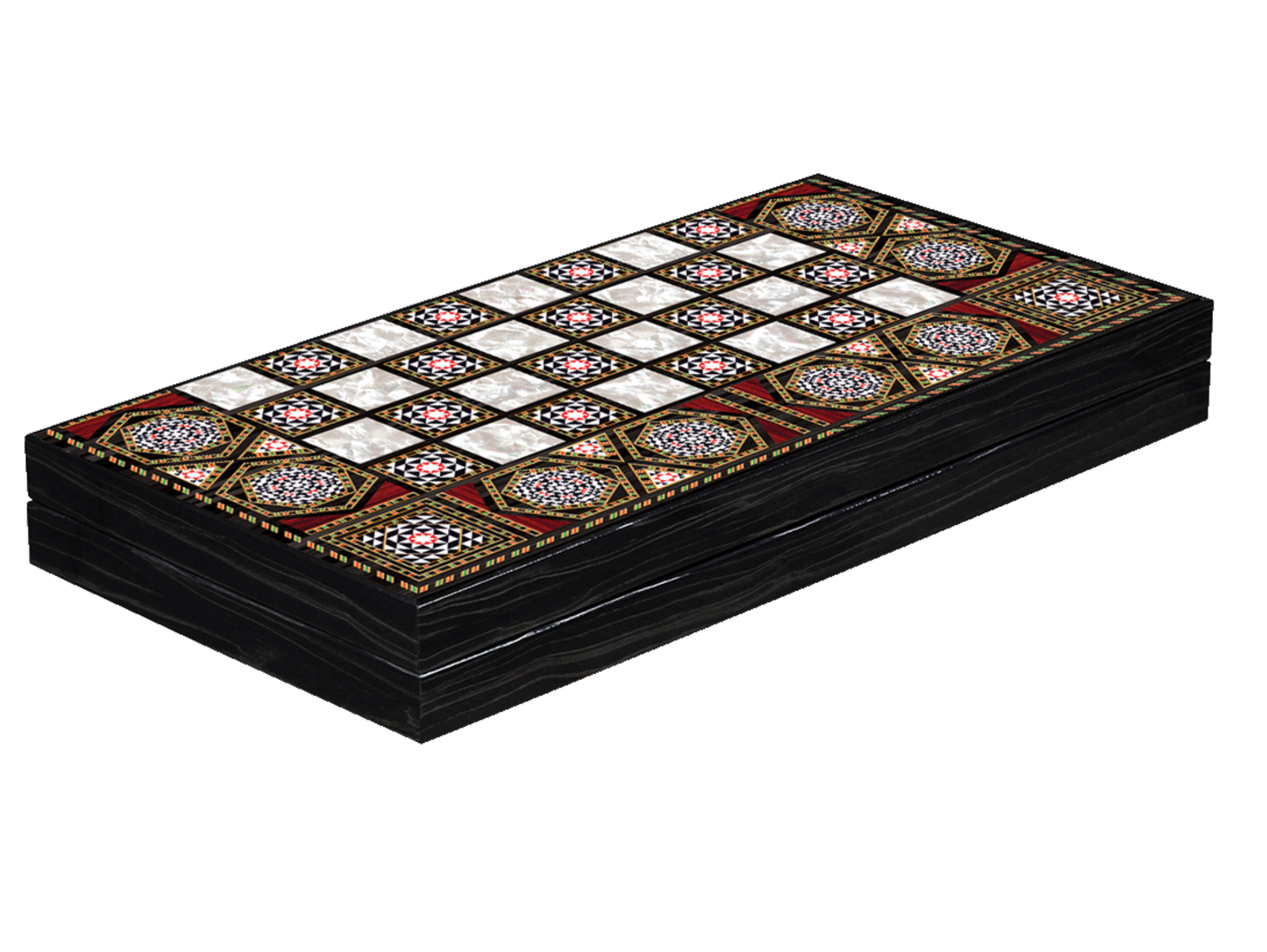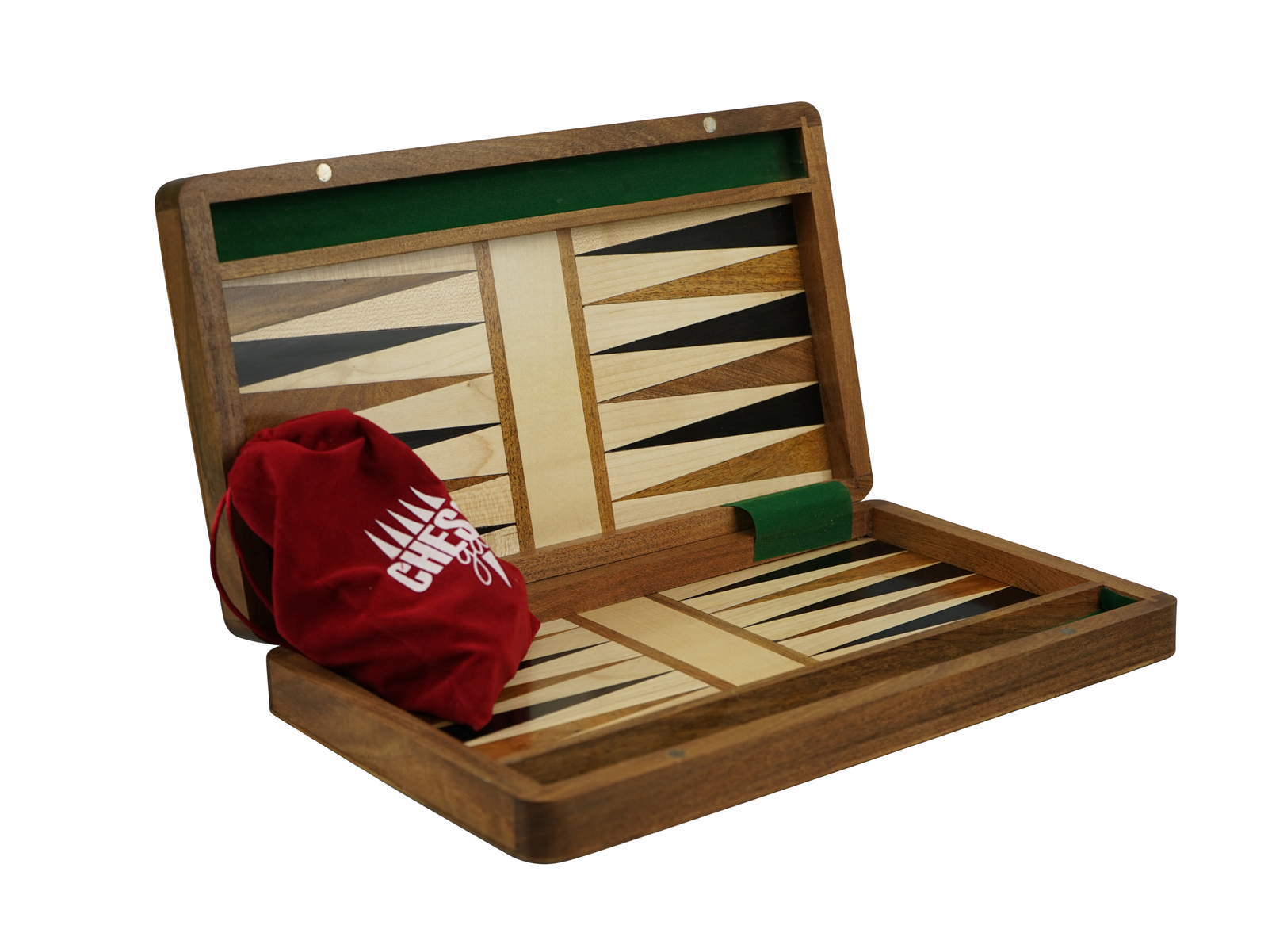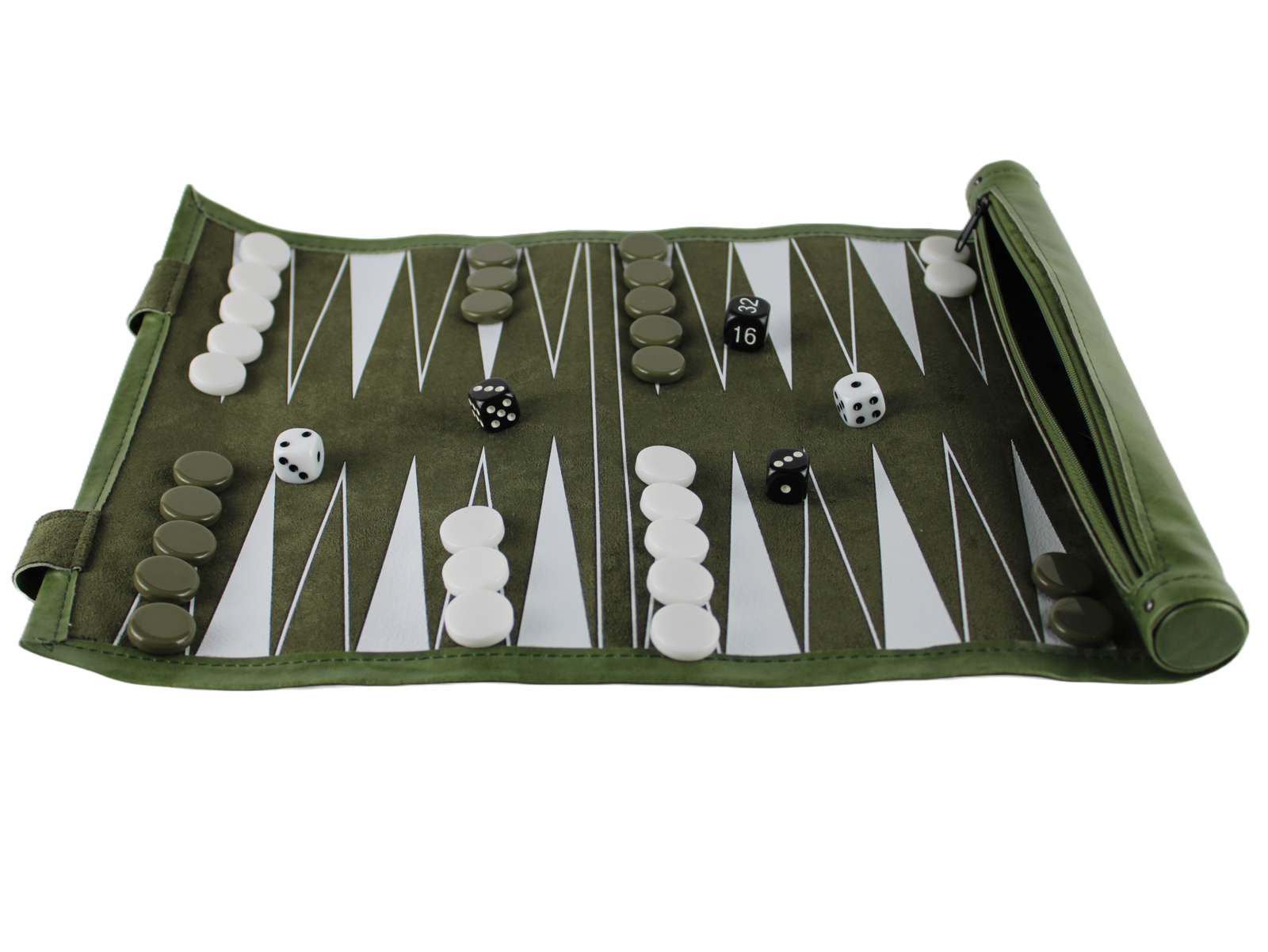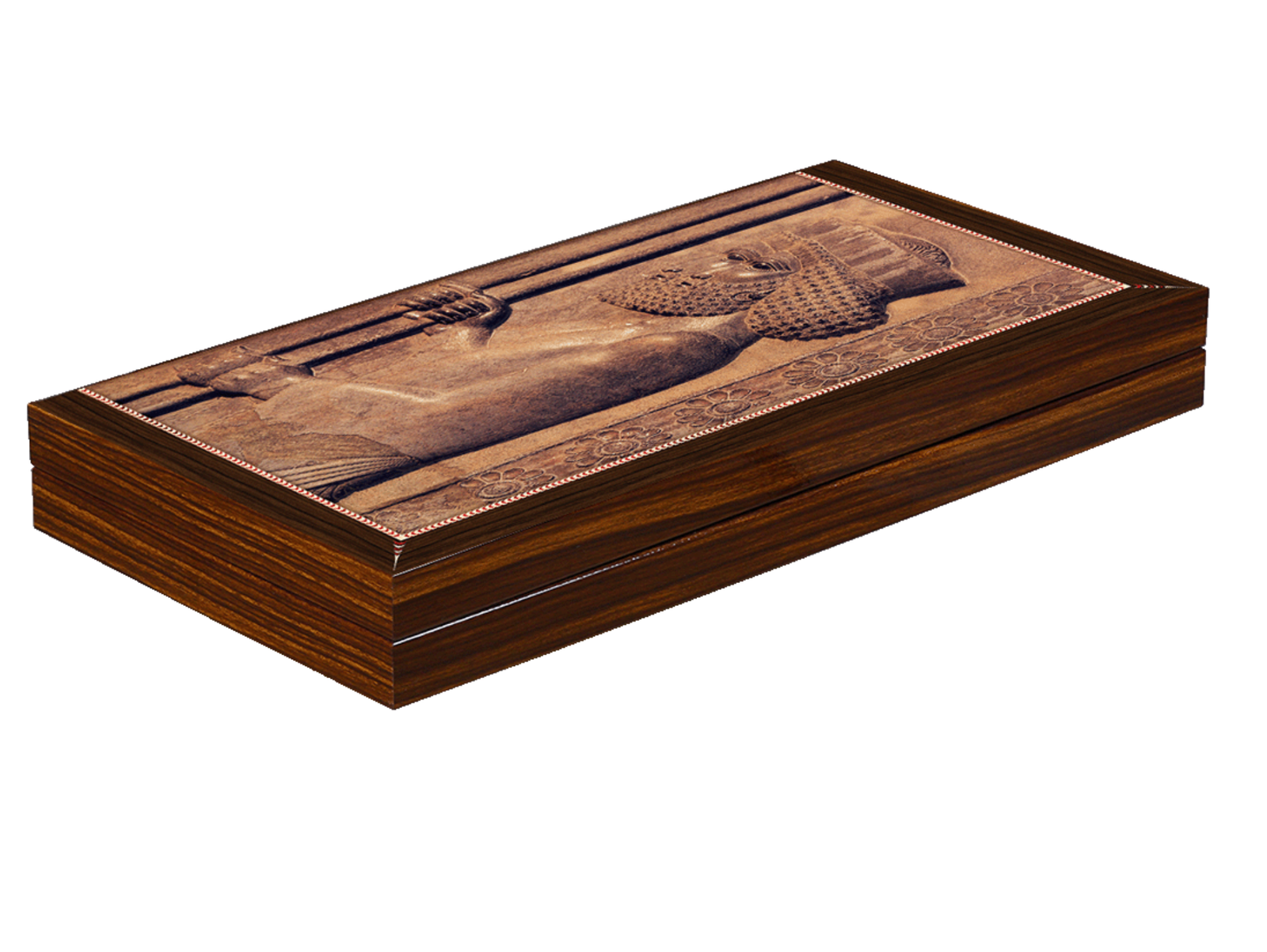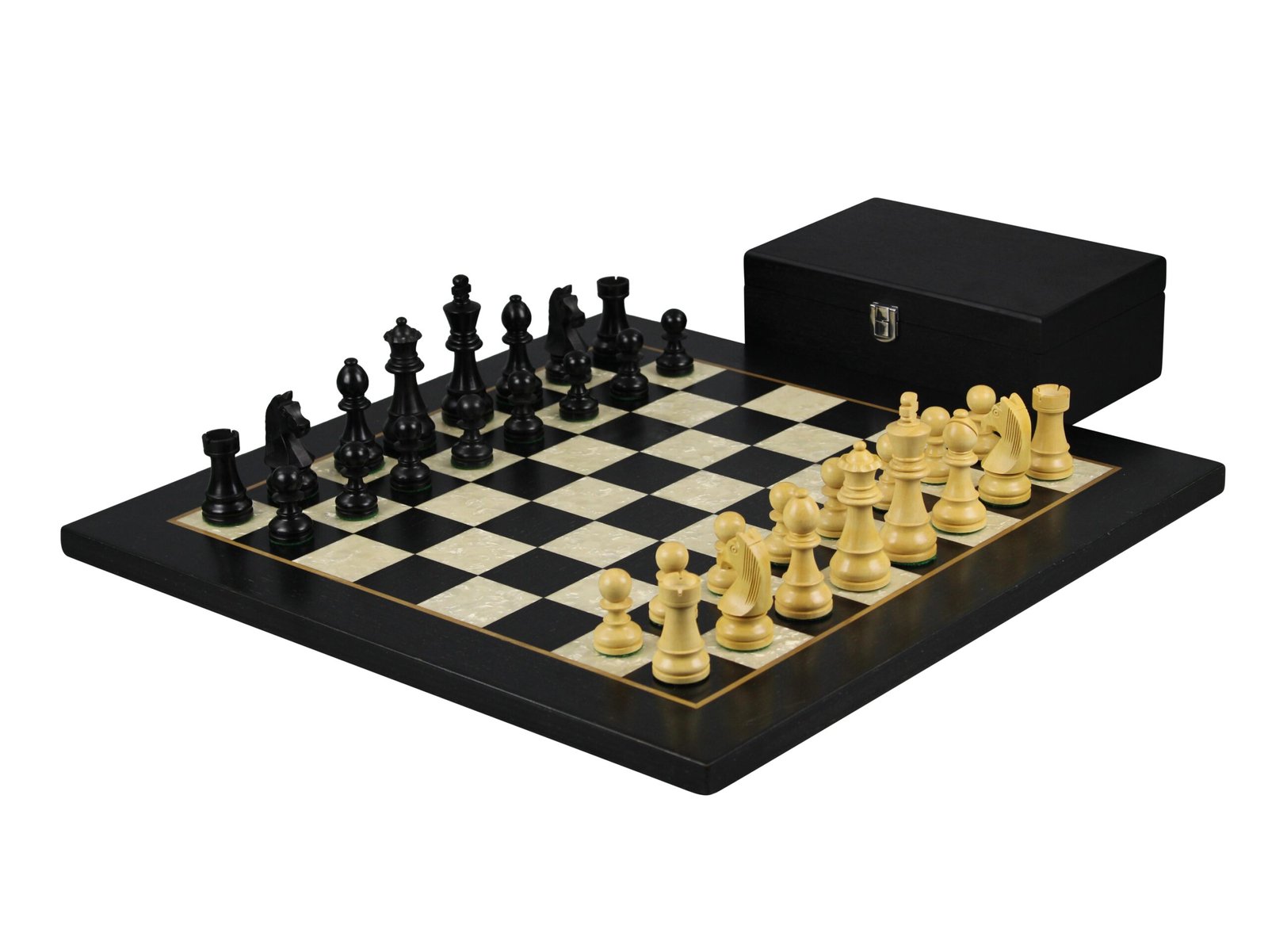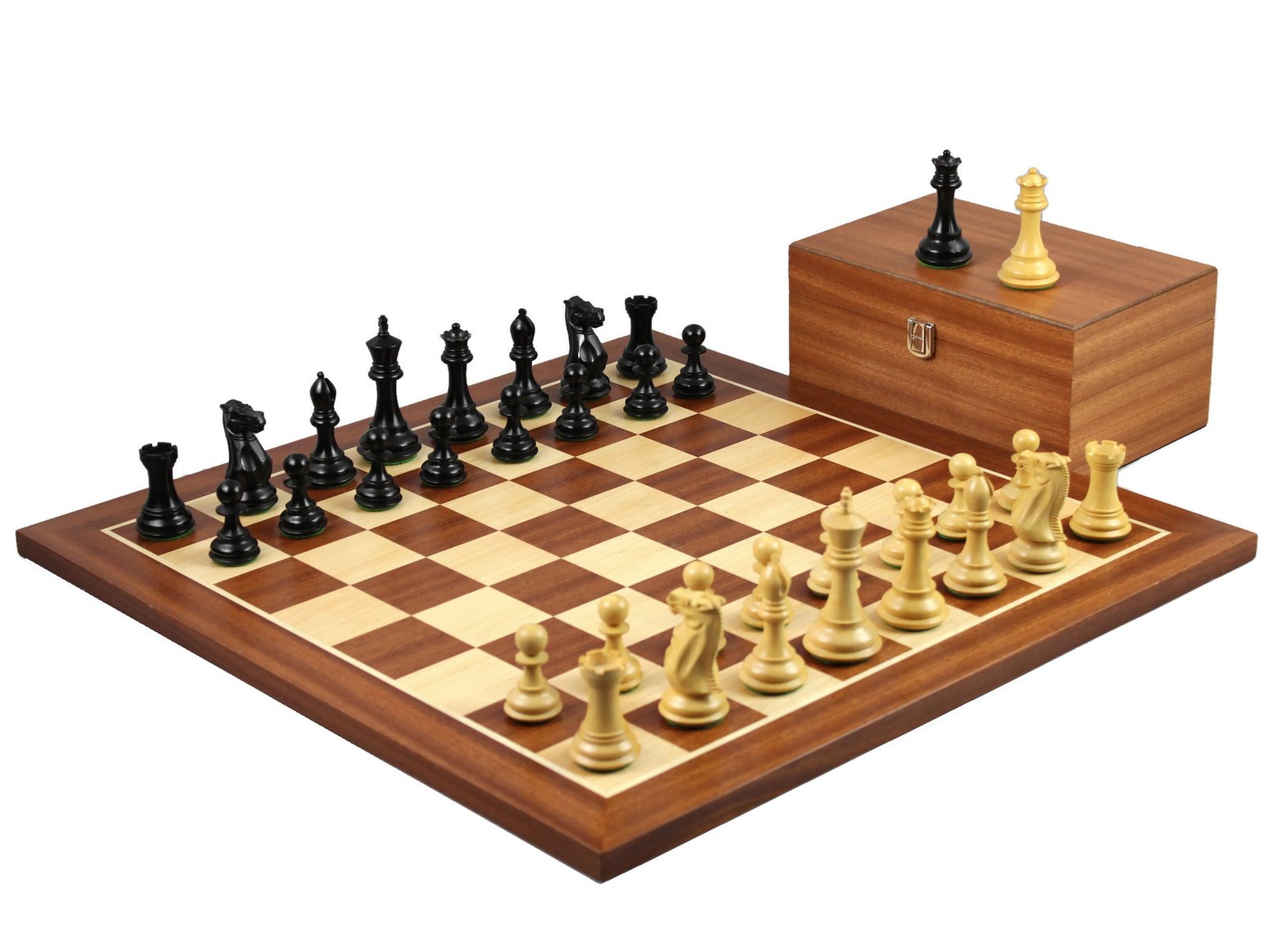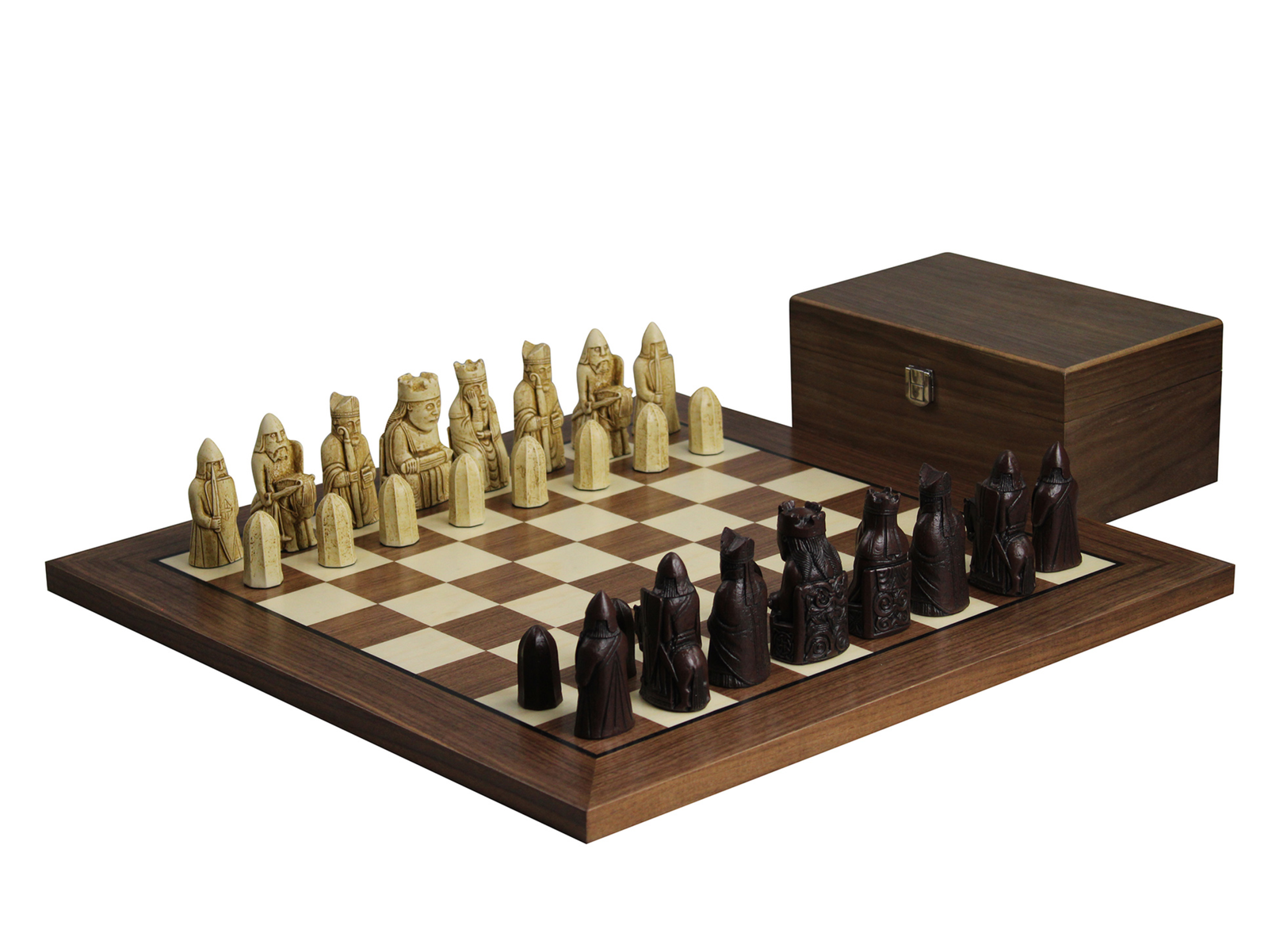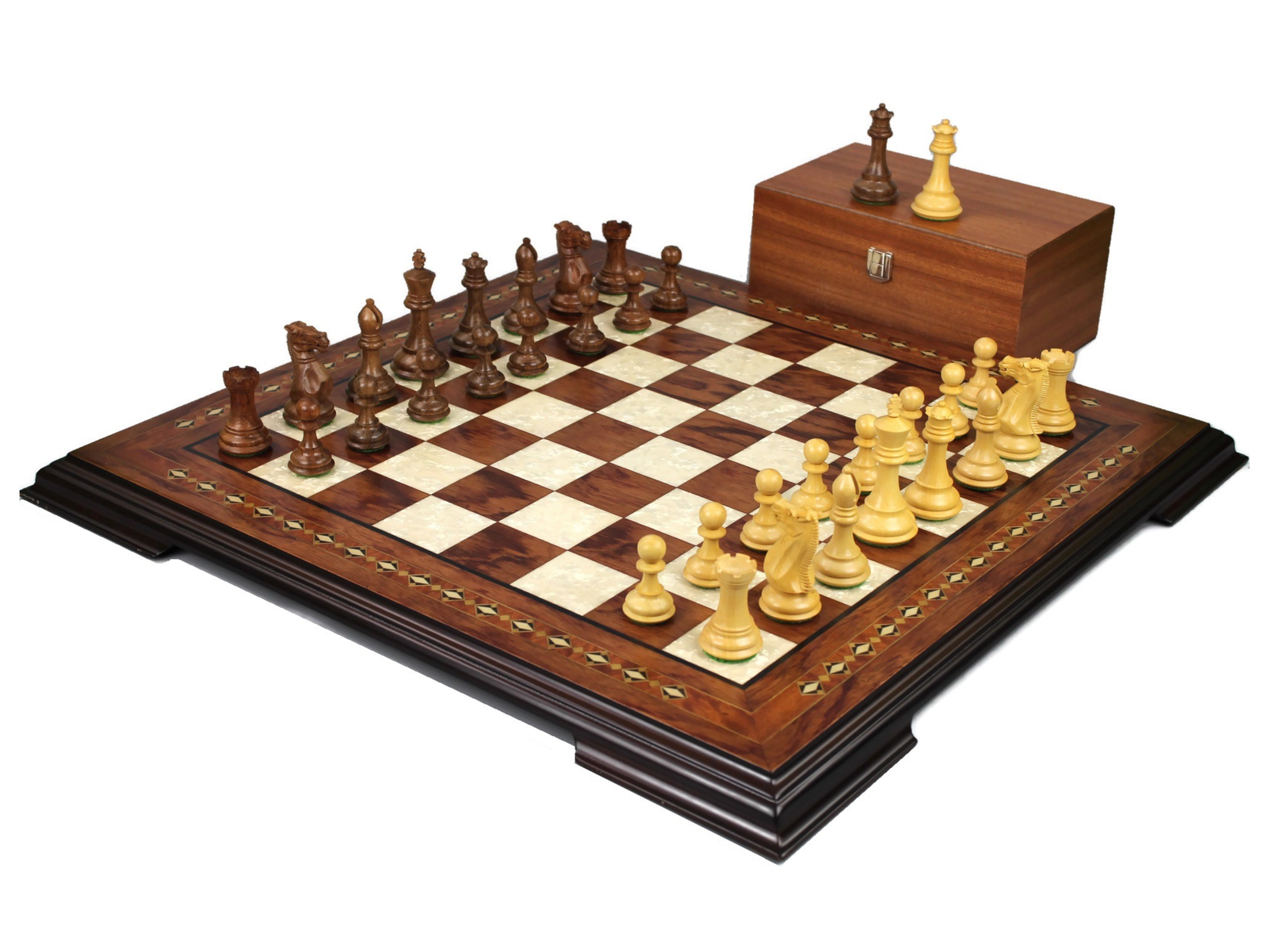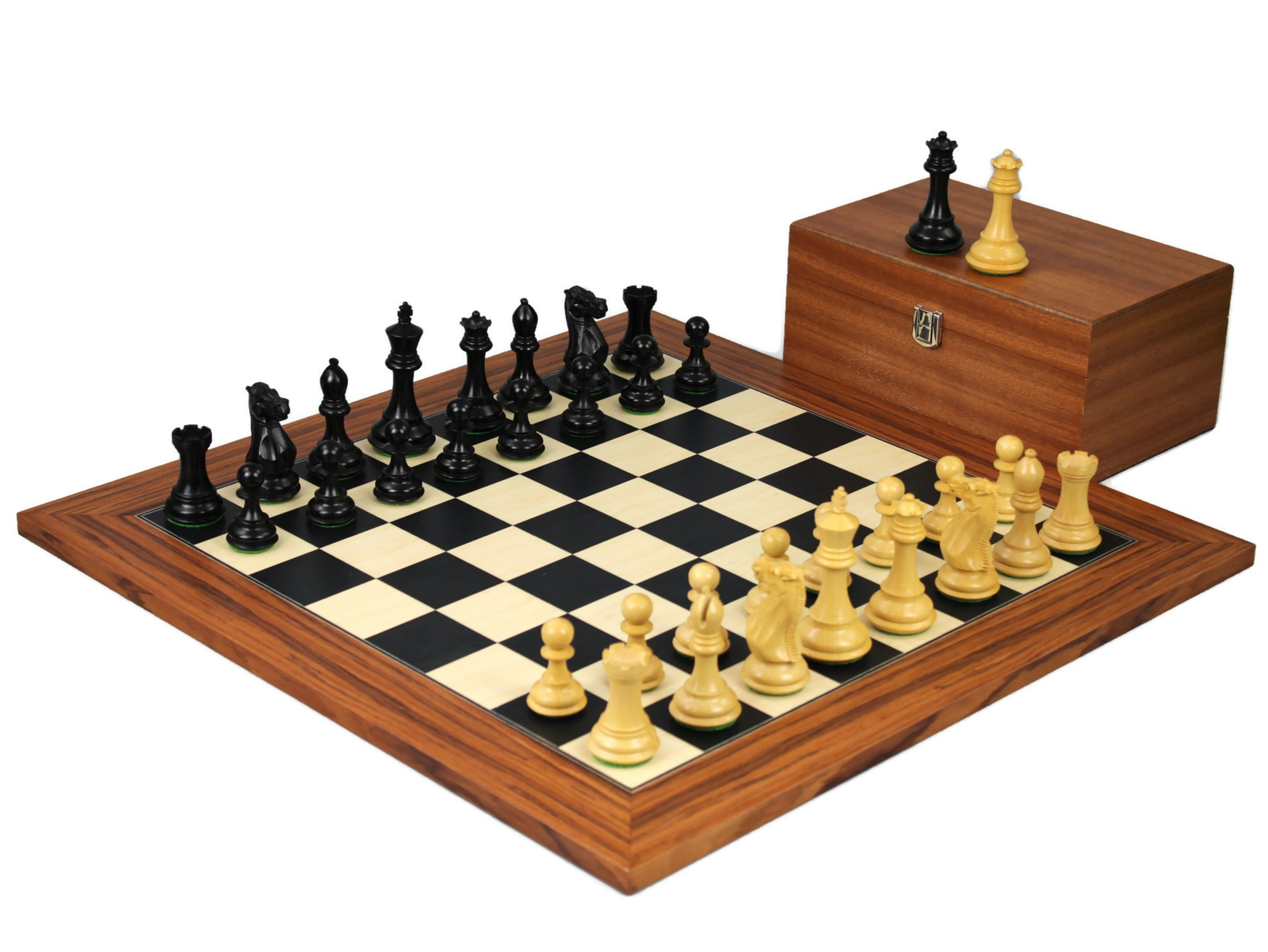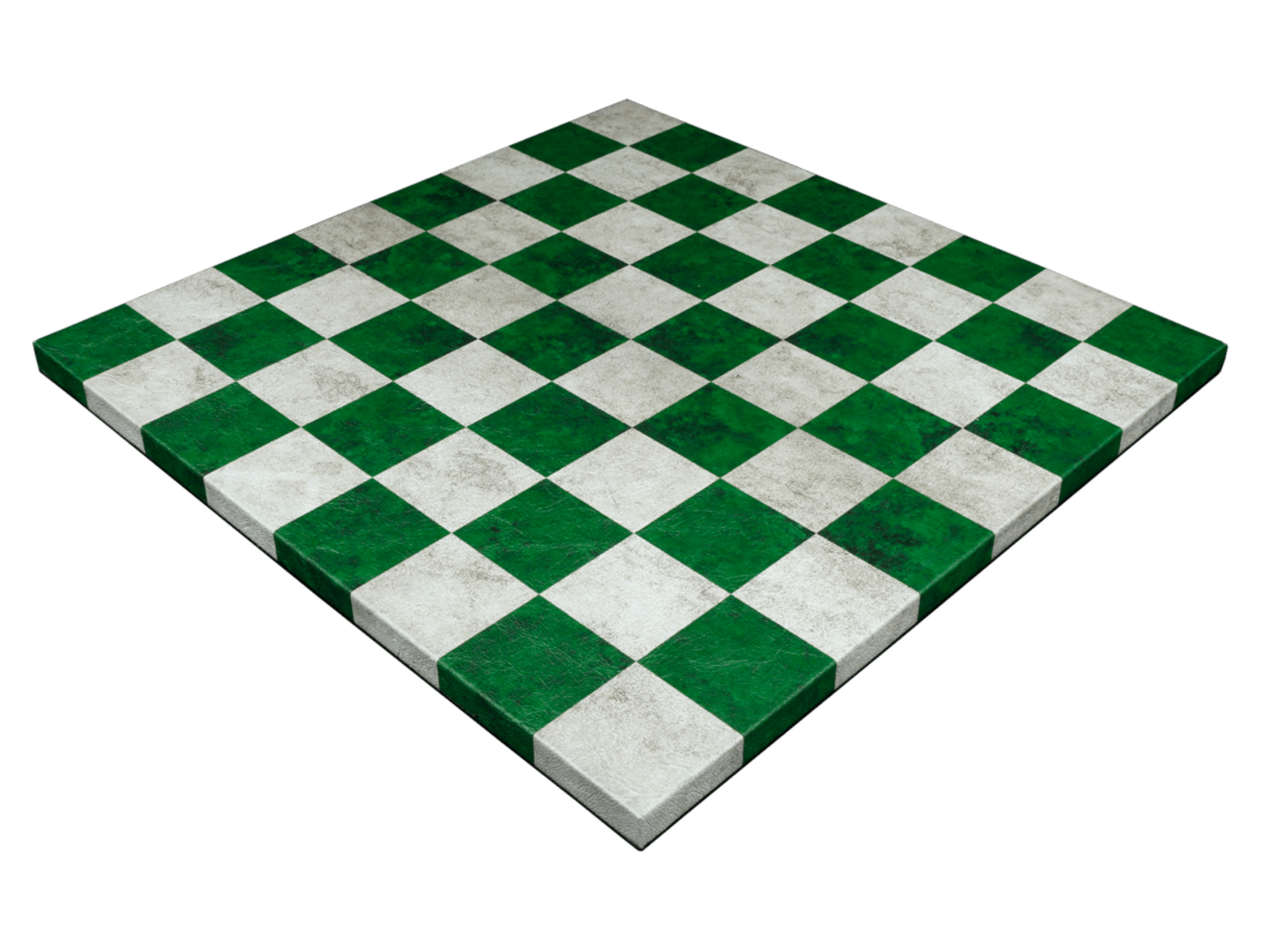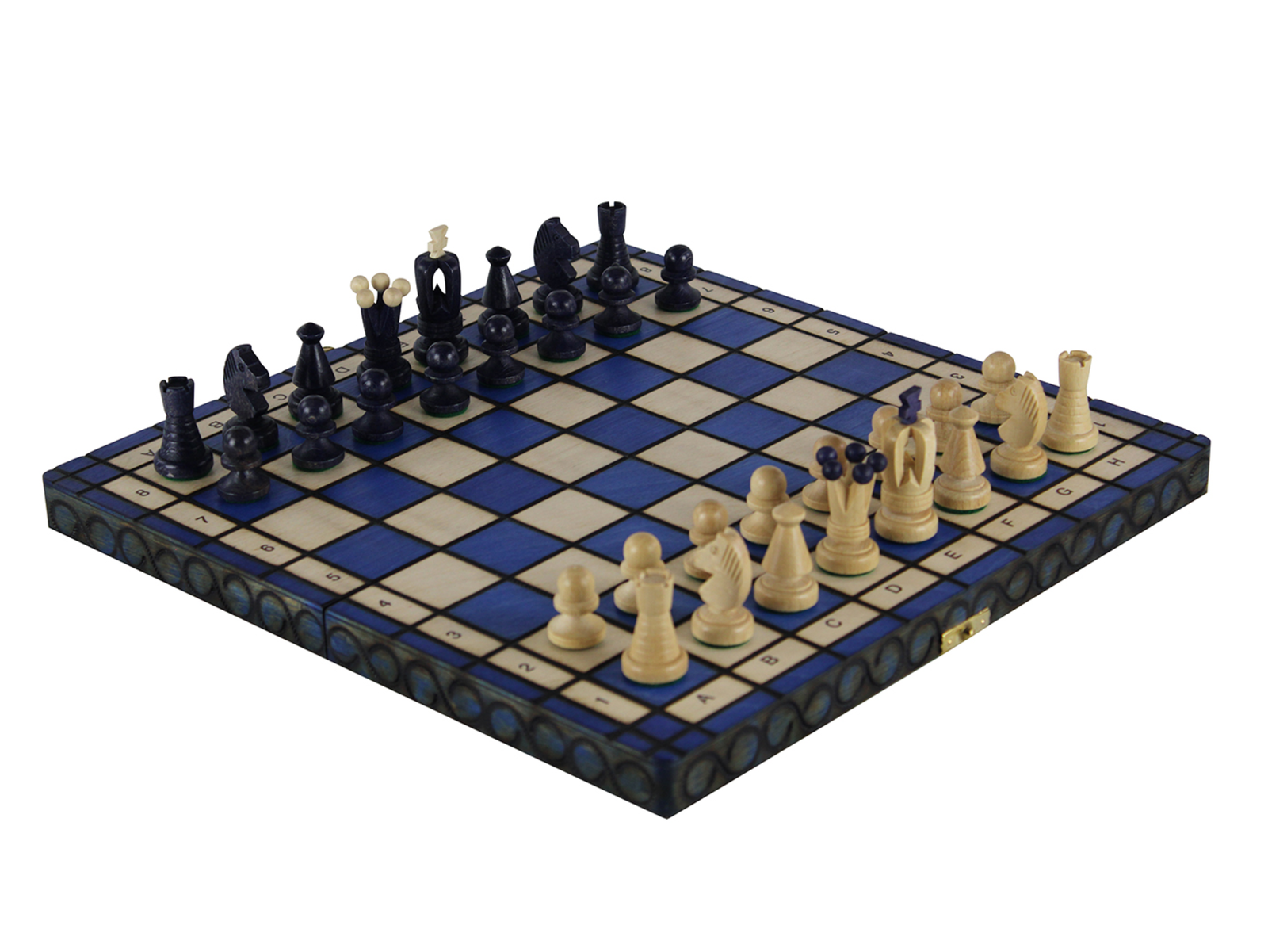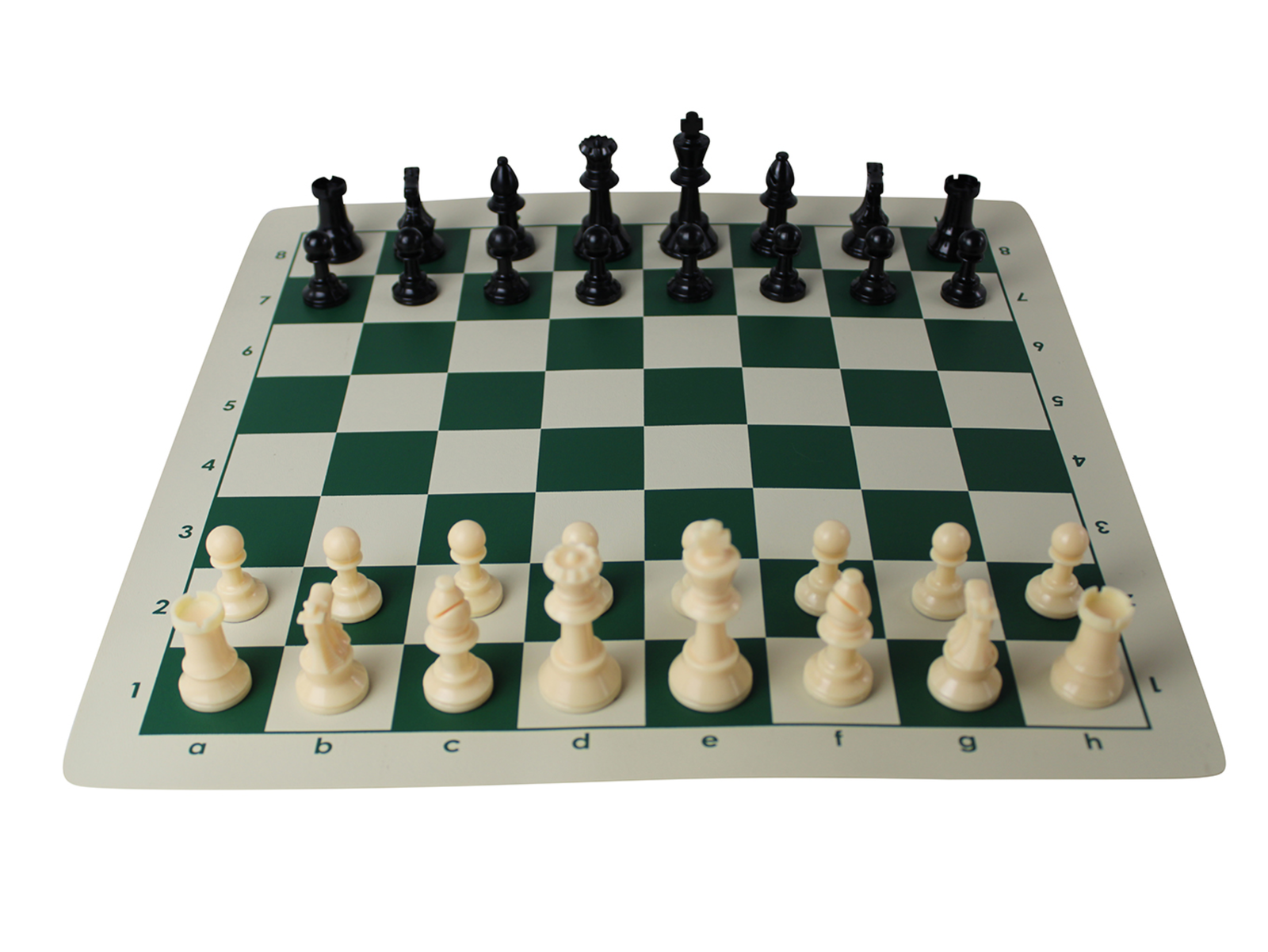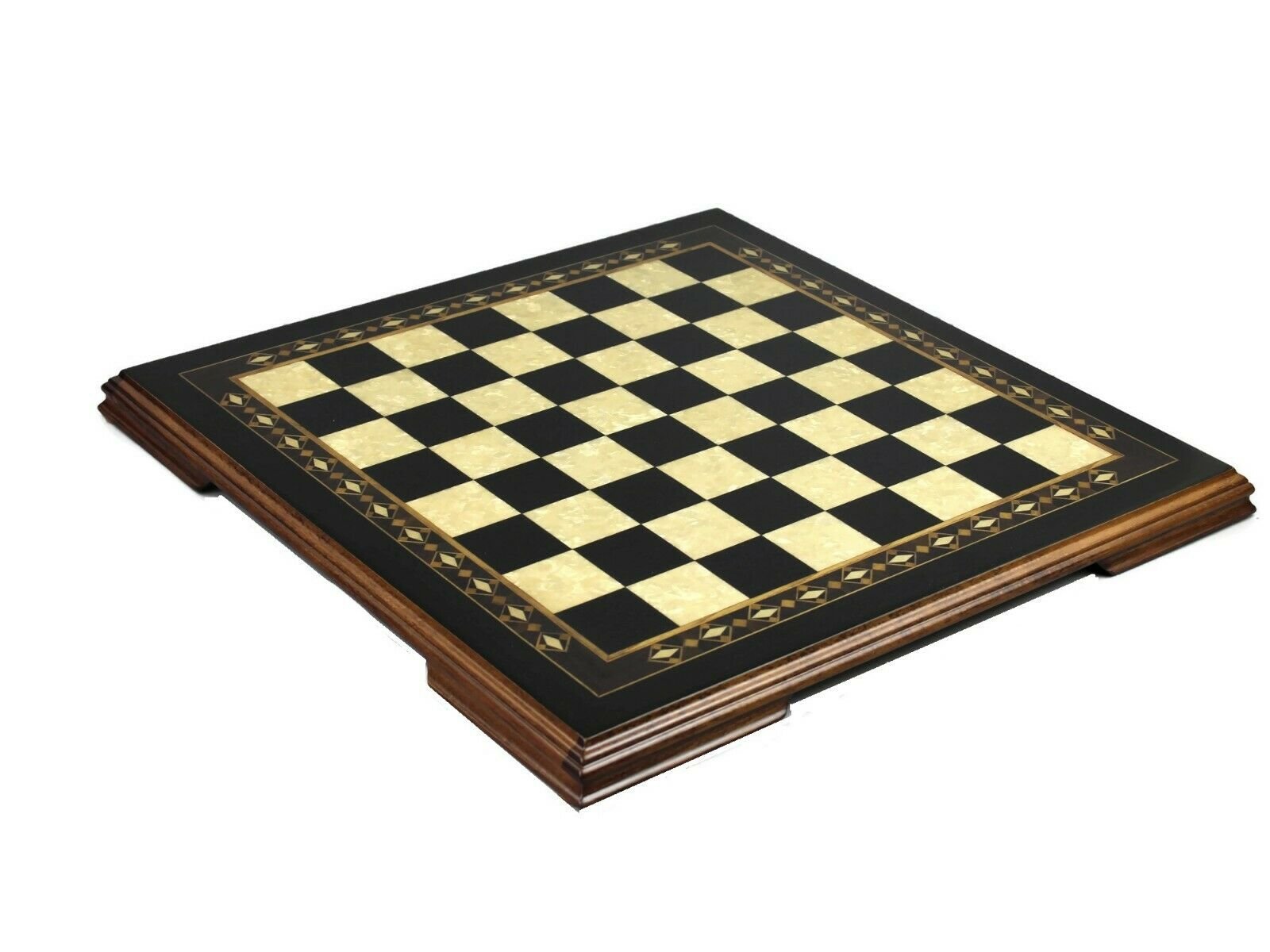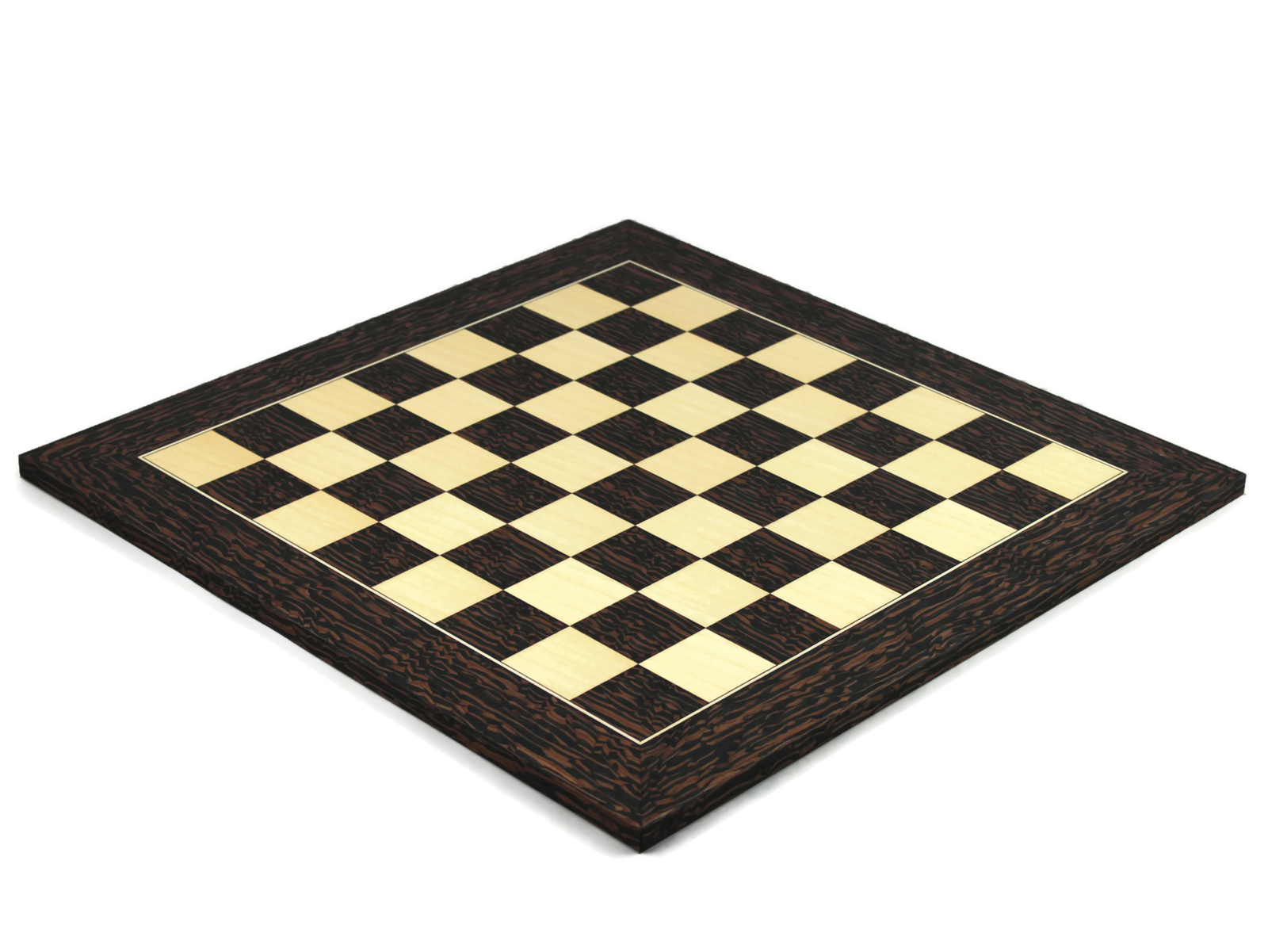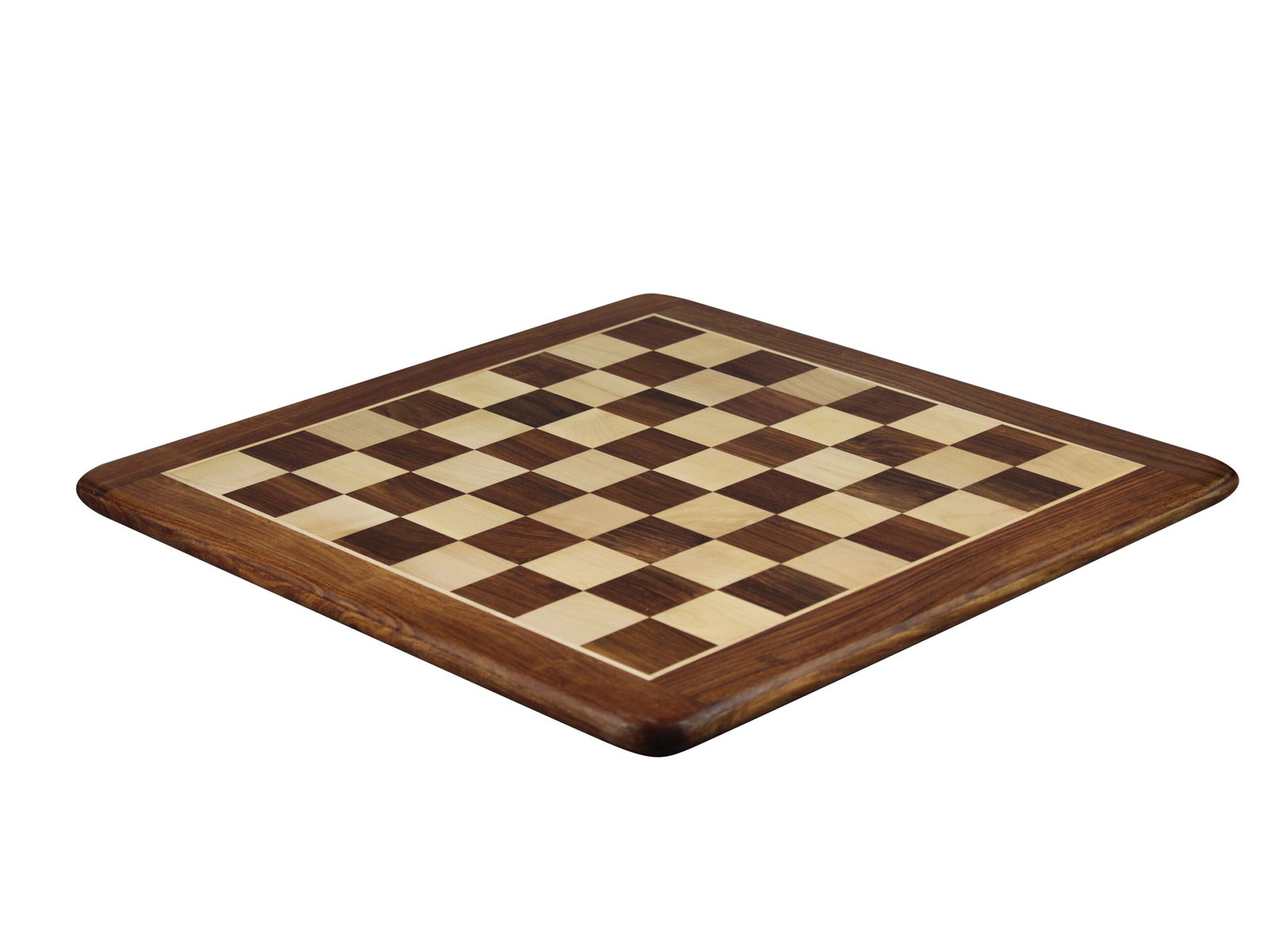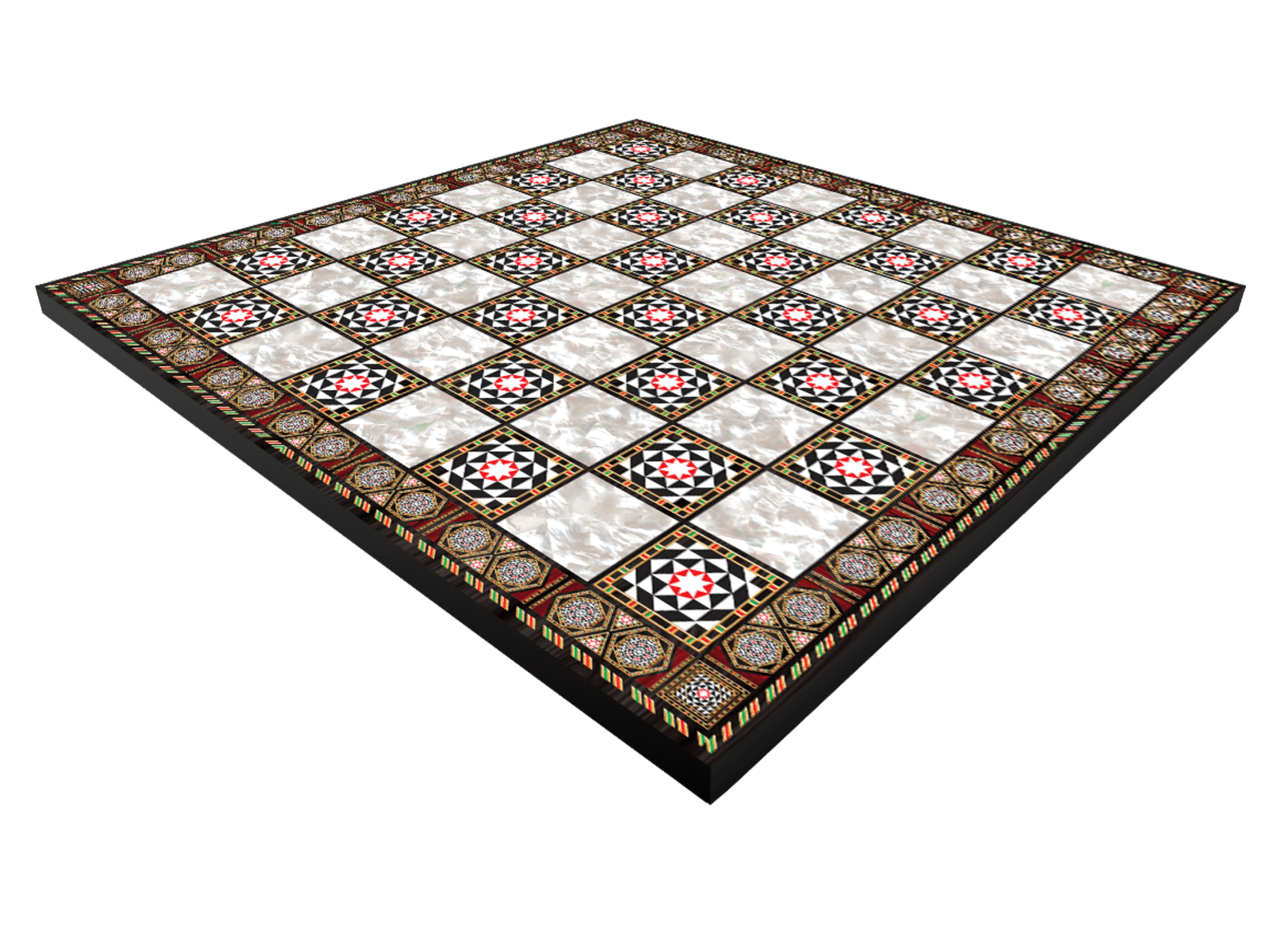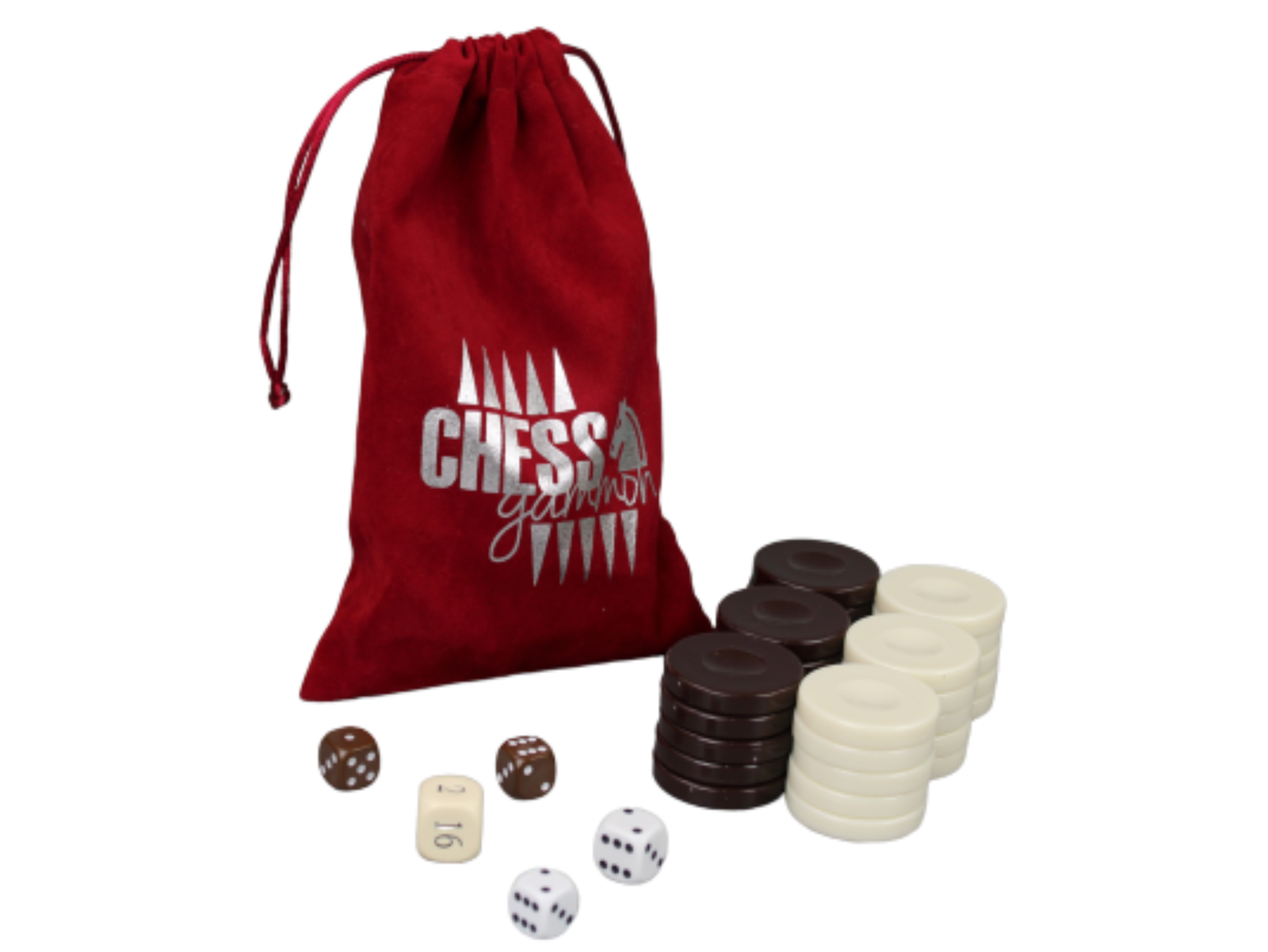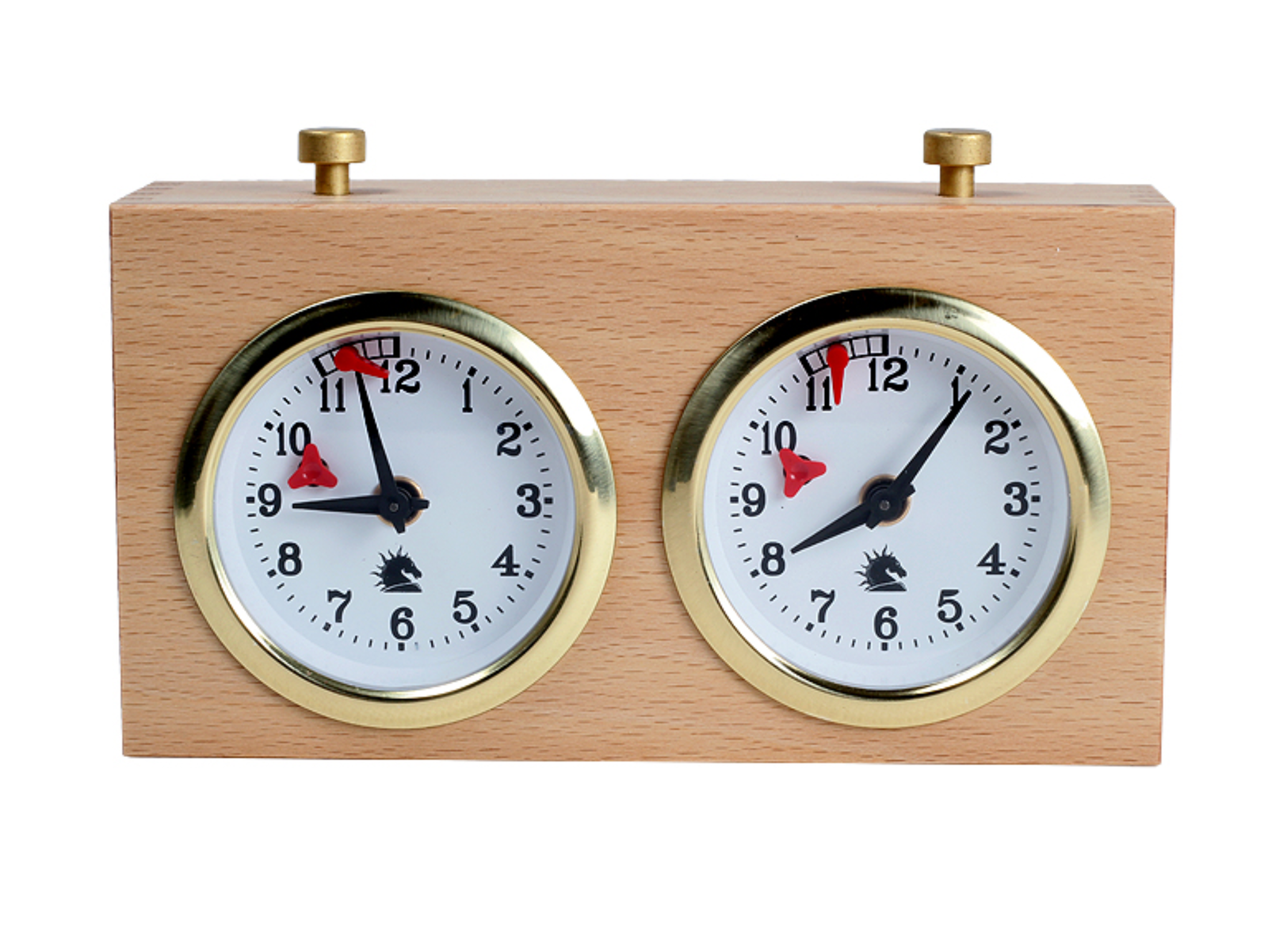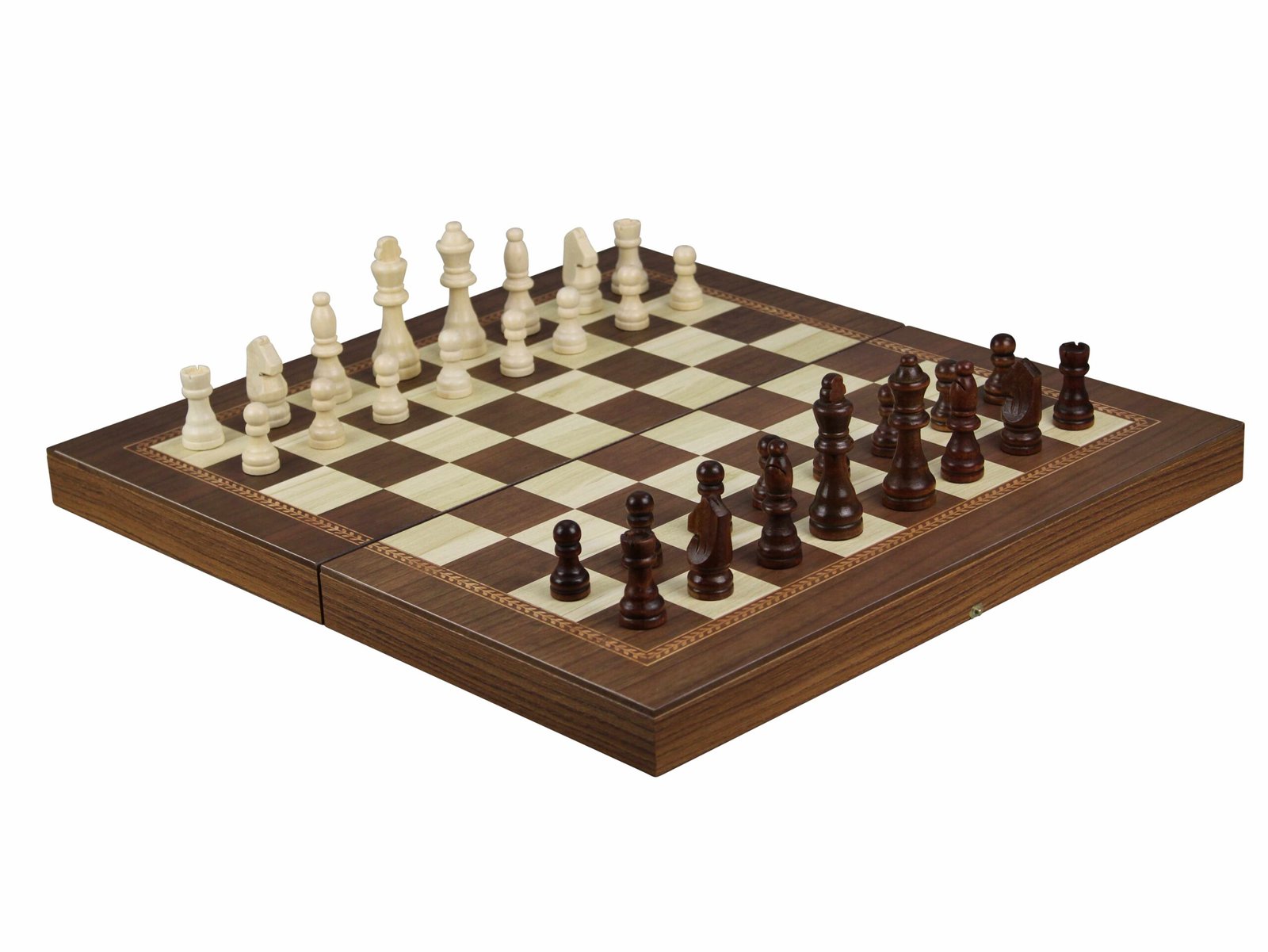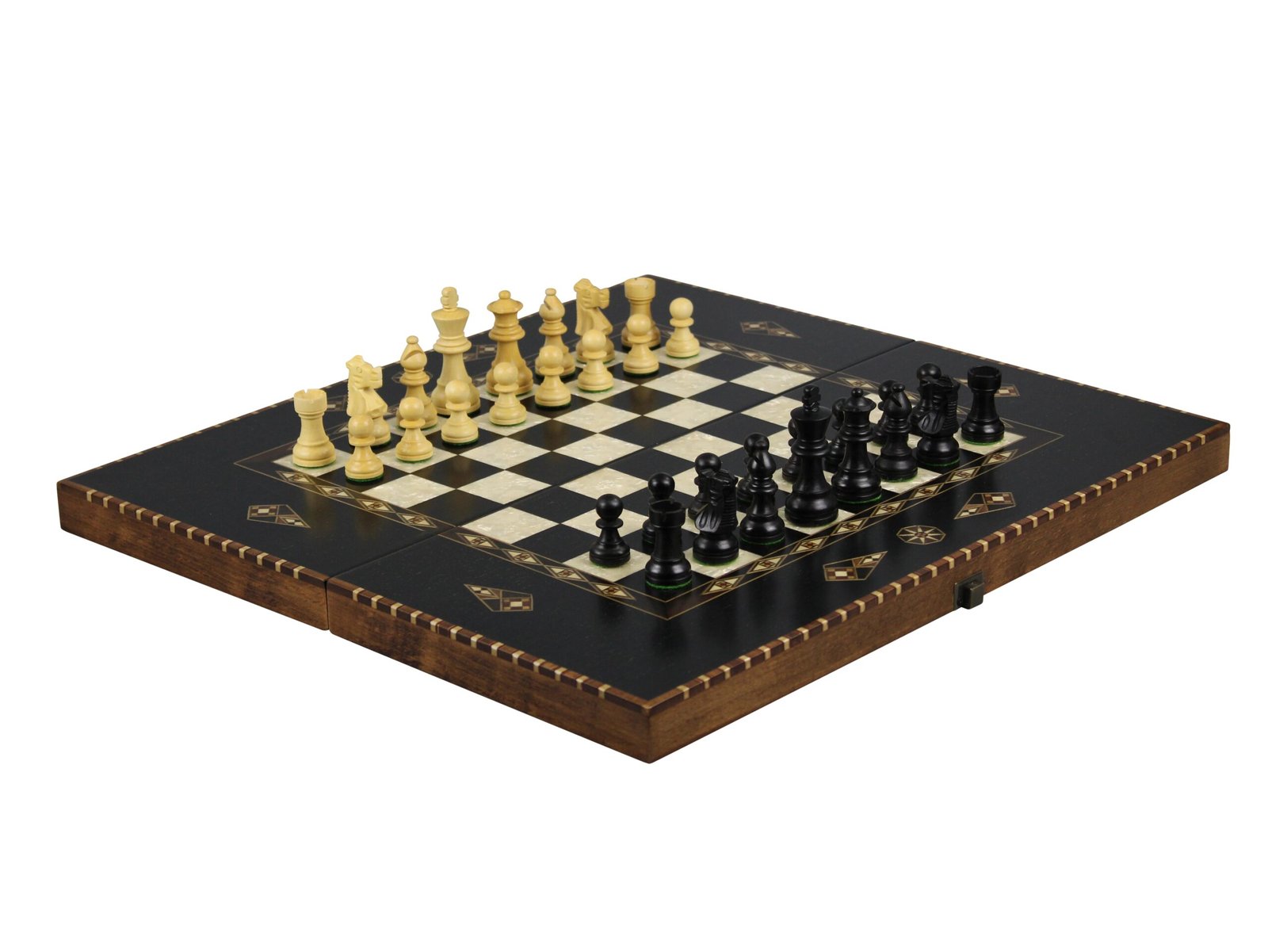Backgammon is a classic board game that has been enjoyed for centuries, known for its blend of skill, strategy, and luck. Among the many rules that govern the game, the Crawford Game stands out as a unique and important aspect that can greatly impact gameplay and strategy. In this article, we will explore the Crawford Game in backgammon, its history, how it works, and its implications on competitive play.
What we will cover:
- What is the Crawford Game?
- How Does the Crawford Game work?
- Implications of the Crawford Game in Competitive Play
- Tips for Dealing with the Crawford Game
What is the Crawford Game?
The Crawford Game is a special rule in backgammon that comes into play during match play, which is a format where players compete in a series of games to reach a specific points goal. The rule was introduced by the legendary backgammon player John R. Crawford in the 1980s to add excitement and strategic depth to matches.
How Does the Crawford Game work?
The Crawford Game rule comes into effect when one player is just one point away from winning the match. At this point, the doubling cube, which is used to increase the stakes in a game, is taken out of play for one game, and the game is played at the current stakes without the option to double. This means that the player who is trailing in the match cannot double in the game immediately following the Crawford Game rule.
The rationale behind the Crawford Game is to prevent the leading player from potentially winning the match in a single game by doubling aggressively, which could potentially end the match too quickly and limit the trailing player’s chances of making a comeback. The Crawford Game adds an element of suspense and strategy to matches, forcing players to adapt their doubling cube strategy and play more carefully during this crucial game.
Implications of the Crawford Game in Competitive Play
The Crawford Game has significant implications on how players approach matches in competitive backgammon. When a player is one point away from winning the match, they need to carefully consider their doubling cube strategy during the Crawford Game. Since they cannot double in the next game, they may need to be more conservative with their doubling decisions in the Crawford Game to avoid giving their opponent an advantage.
On the other hand, the trailing player has a unique opportunity to capitalize on the absence of the doubling cube during the Crawford Game. They can play more aggressively, taking calculated risks and trying to gain an advantage without the threat of being doubled. This creates an interesting dynamic where the trailing player may have an increased chance of making a comeback, while the leading player needs to be cautious and strategic to maintain their advantage.
Tips for Dealing with the Crawford Game
As a backgammon player, it’s important to understand and adapt to the Crawford Game rule when playing in a match format. Here are some tips to keep in mind:
Plan ahead: If you’re the leading player, plan your doubling cube strategy carefully during the match, considering the Crawford Game when you’re one point away from winning. Be mindful of the risks and rewards of doubling, and adjust your strategy accordingly during the Crawford Game.
Play strategically: If you’re the trailing player, take advantage of the absence of the doubling cube during the Crawford Game to play more aggressively and try to gain an advantage. However, still play strategically and avoid unnecessary risks that could backfire.
Be mindful of your opponent’s strategy: Pay attention to your opponent’s play and doubling cube strategy during the Crawford Game. Adjust your own strategy based on their moves and try to anticipate their moves in the next game when the doubling cube is back in play.
Stay calm and focused: The Crawford Game can be a tense moment in a match, but it’s important to stay calm and focused.
How to Play Backgammon?
If you have yet to read our article on the beginners guide on how to play backgammon? Click Here
